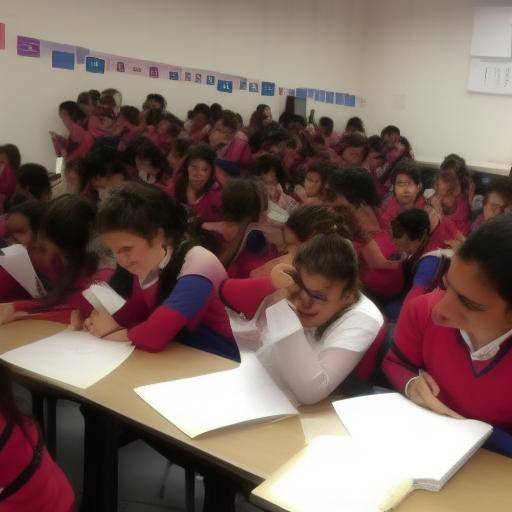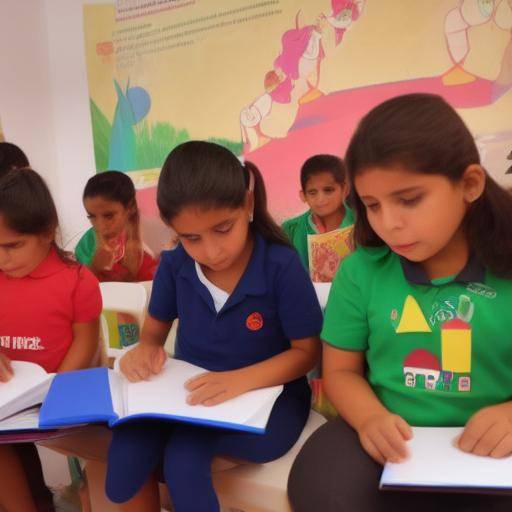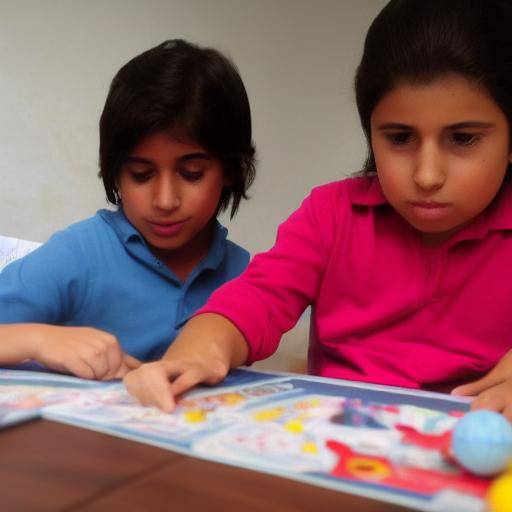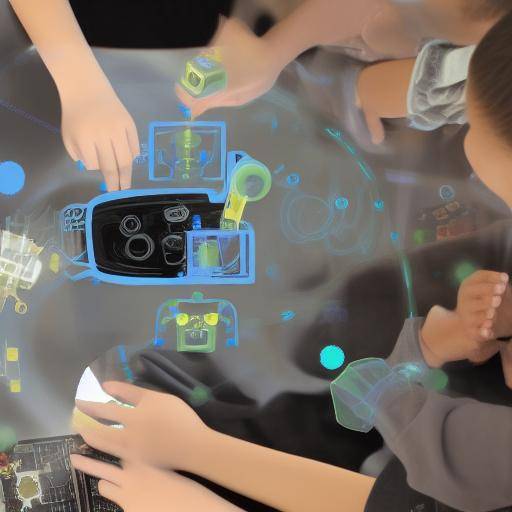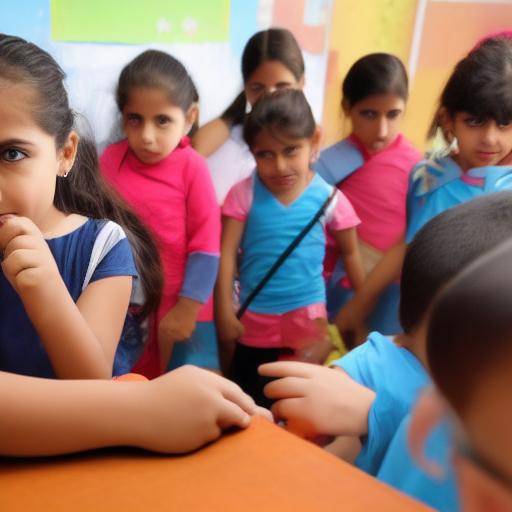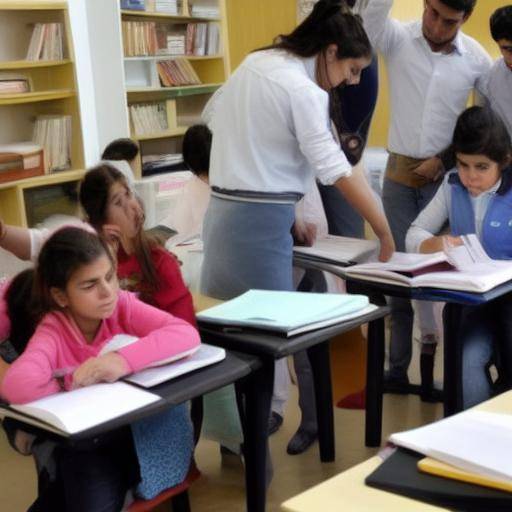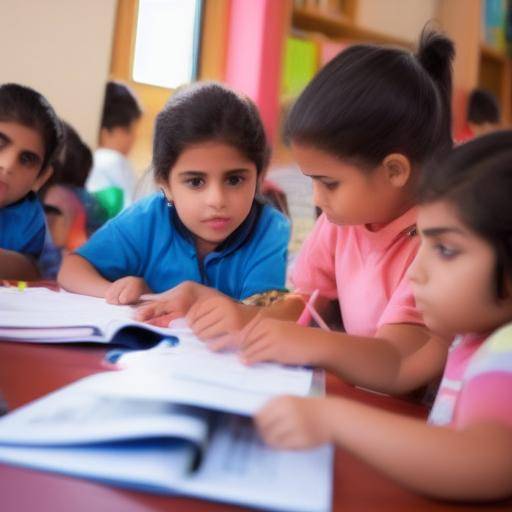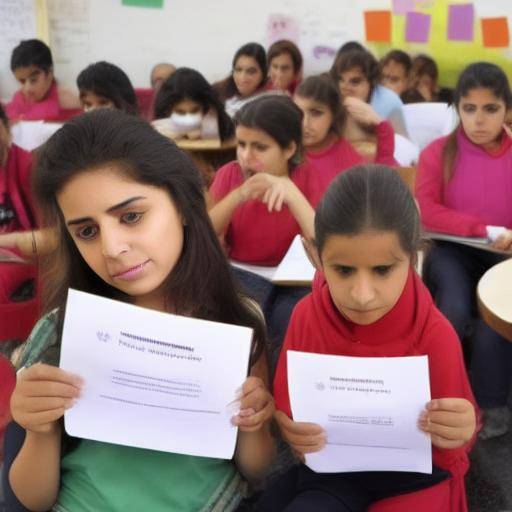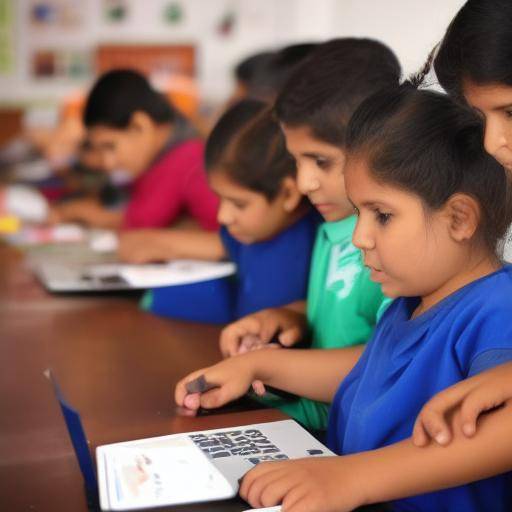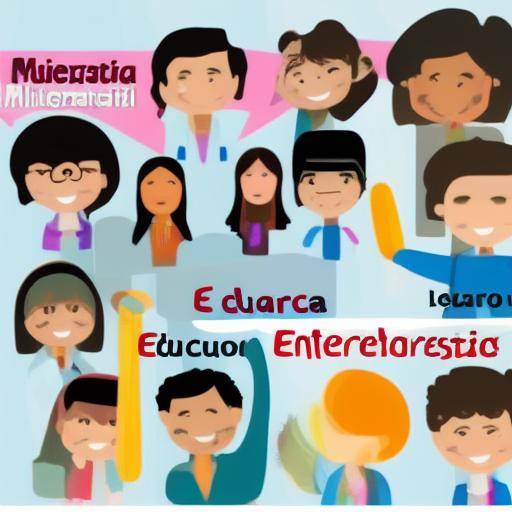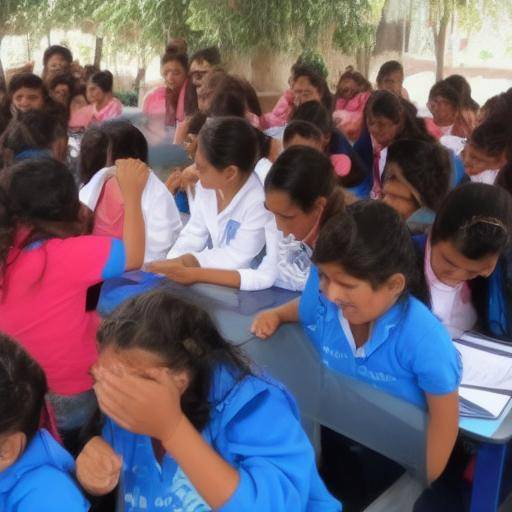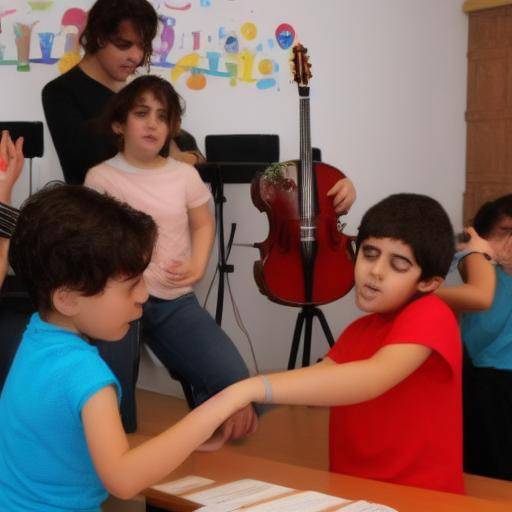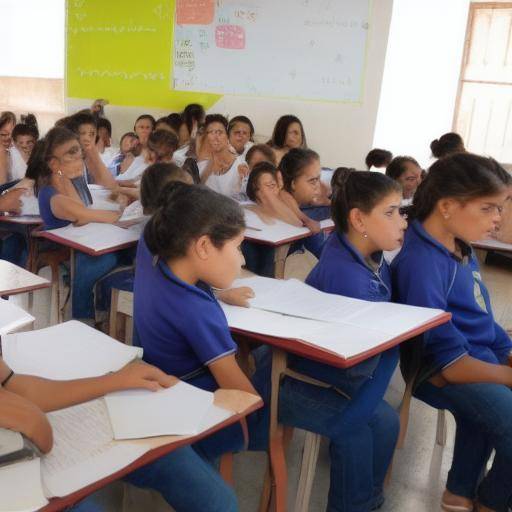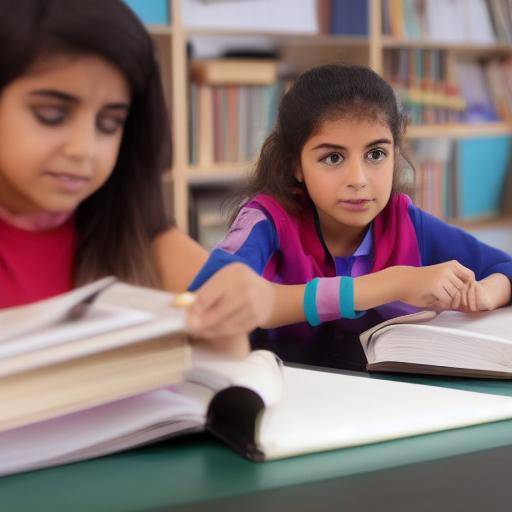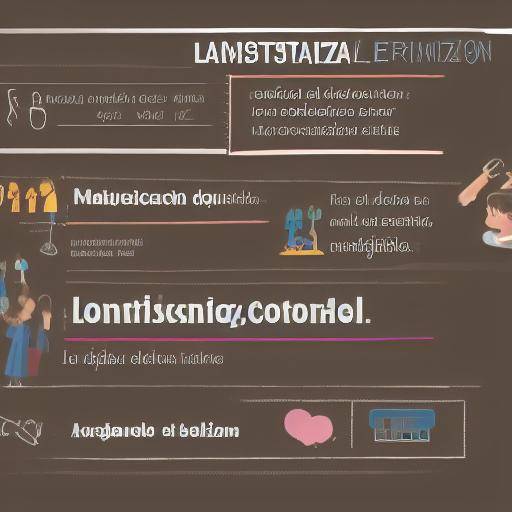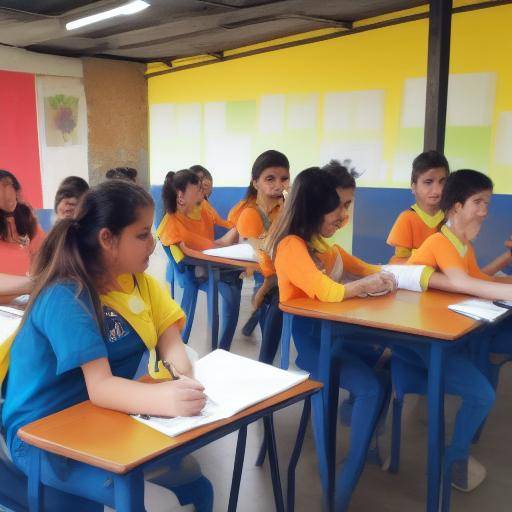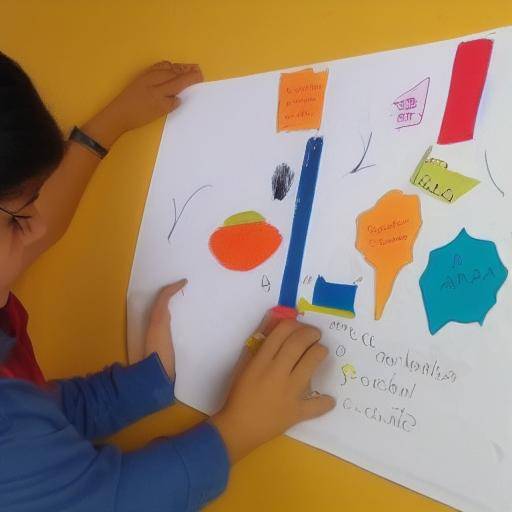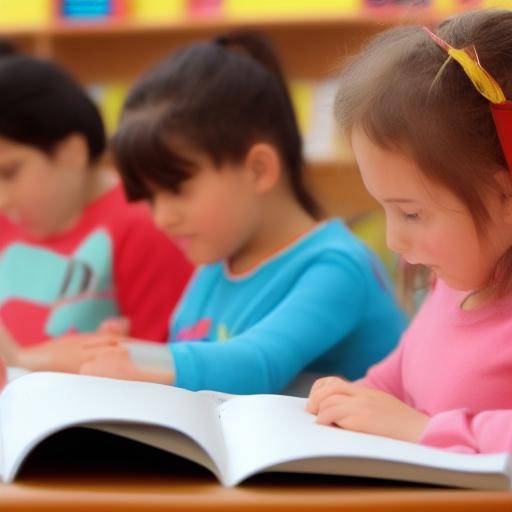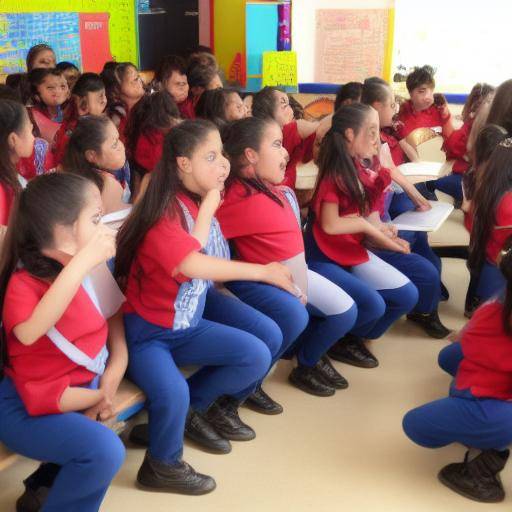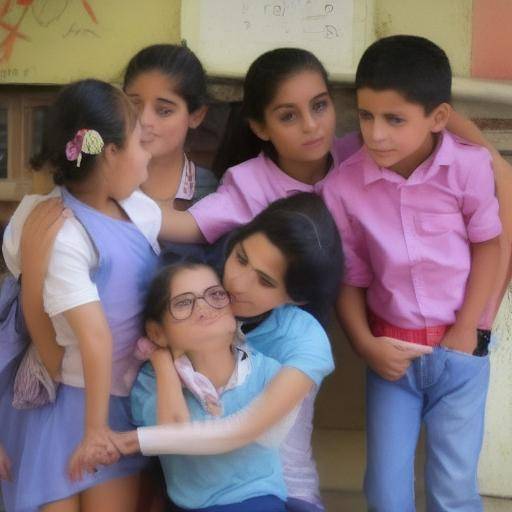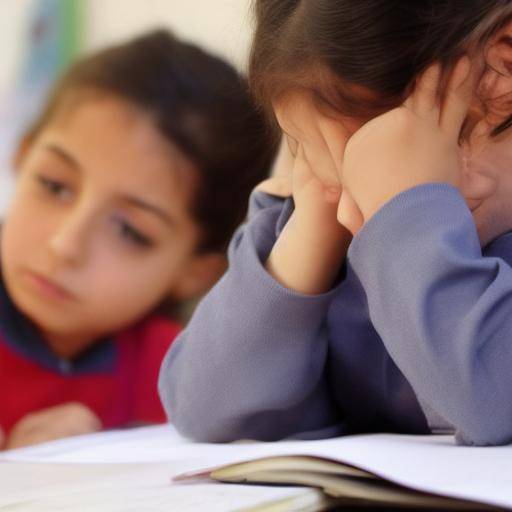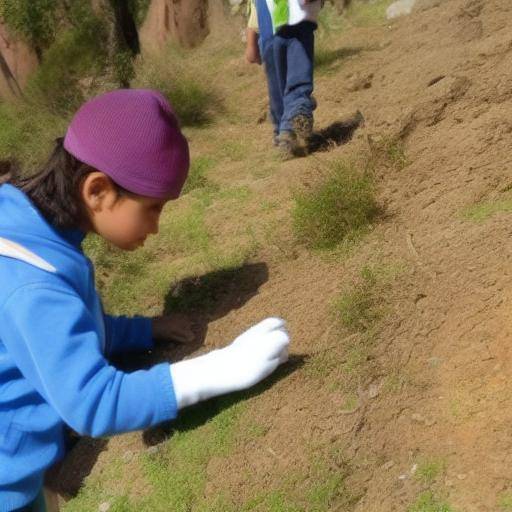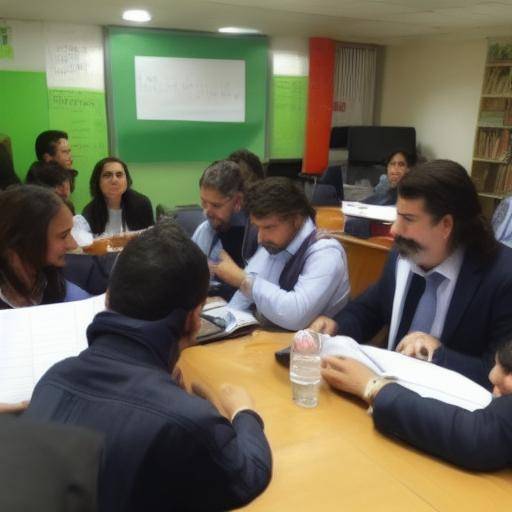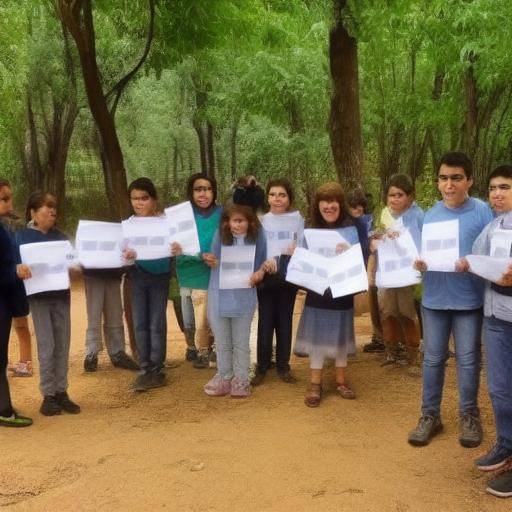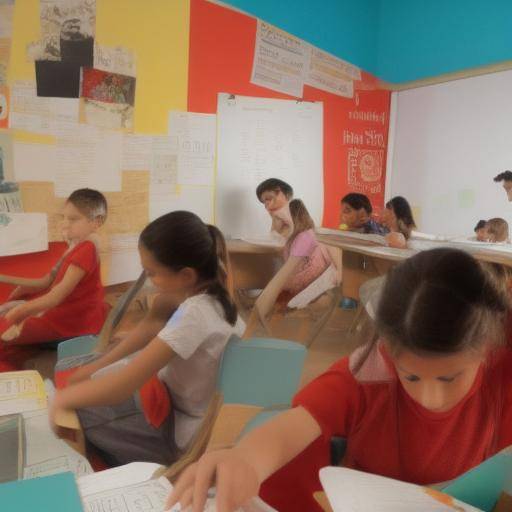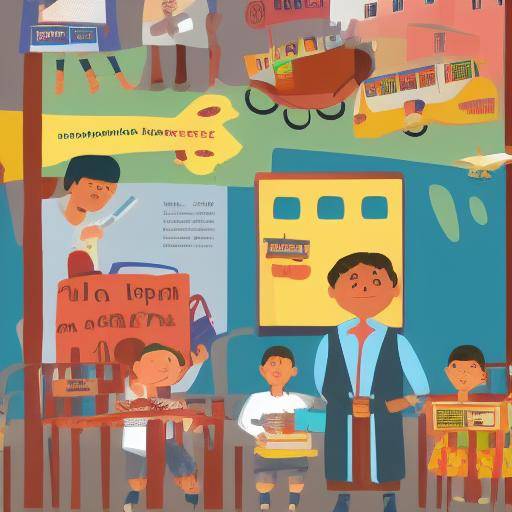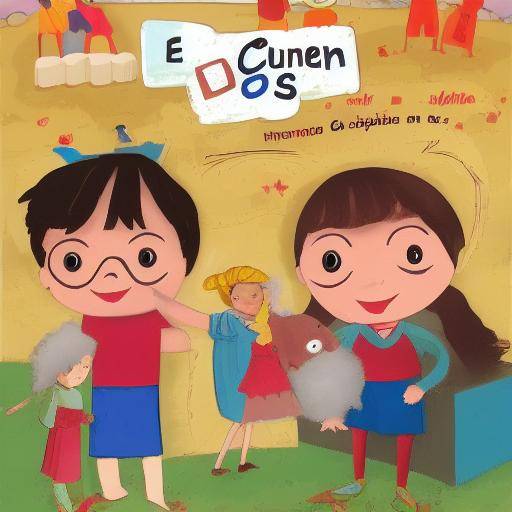
The importance of stories in child education is unquestionable. Tales allow children to immerse themselves in fictitious worlds, expand their imagination and acquire a deeper understanding of the language and world around them. In this article, we will explore the fundamental role of stories in the integral formation of children, as well as their impact on cognitive, emotional and social development. We will also examine the latest trends in the use of stories in educational contexts, offer practical advice for parents and educators, and explore the future potential of this valuable educational tool.
History and Background
Tales have been an intrinsic part of human culture since time immemorial. Throughout history, narratives have served as vehicles for transmitting values, traditions and knowledge. From the fables of Esopo to the classic accounts of the Grimm brothers, the stories have played a crucial role in transmitting the cultural heritage from one generation to another.
In the educational context, the use of stories as a pedagogical tool dates back to ancient times. Scholars like Jean Piaget and Lev Vygotsky have emphasized the importance of stories in the cognitive development of children, noting how narratives contribute to the construction of meanings and to the understanding of the world around them.
Analysis in Deep
Benefits of Tales in Child Education
Tales offer a wide range of benefits for the integral development of children. From the promotion of reading understanding and the enrichment of vocabulary, to the stimulus of creativity and imagination, stories play a key role in the formation of cognitive and emotional skills.
Challenges in the Use of Tales in Child Education
Despite the many benefits they bring, the use of stories in child education is not without challenges. The selection of stories appropriate for age, cultural diversity and sensitivity to complex issues are aspects that require careful consideration by educators and parents.
Current Trends in Using Talents as Education Resource
The digital era has revolutionized the way stories reach children, with the proliferation of interactive applications, audiobooks and multimedia resources that complement the traditional reading experience. This evolution poses new challenges and opportunities in the field of education.
Comprehensive review
Tales not only play a crucial role in acquiring language skills, but can also be used as tools to address issues such as diversity, inclusion and conflict resolution. The focus on inclusive and diversified narratives is a key aspect in the effective use of stories in child education.
Comparative analysis
Compare different types of stories, pedagogical approaches and effects on the development of children of different ages and cultural contexts allows us to understand the diversity of impacts that stories can have on the formation of the youngest.
Practical Tips and Accessible Recommendations
For Parents
- Read your children aloud from an early age.
- Select stories that reflect cultural diversity and gender equality.
- Promote the active participation of children during narration.
For Educators
- Integrate stories into the curriculum in an interdisciplinary manner.
- Use digital resources to enrich the reading experience.
- Promote active participation and critical reflection on stories.
Industry Perspectives and Expert Reviews
The focus on child narrative and literature has evolved over time, and education experts offer a variety of approaches and recommendations to maximize the educational potential of stories in the formation of children. The cognitive, emotional and social benefits derived from the use of stories in educational environments are discussed among experts, highlighting the importance of continuing to explore new strategies and innovative approaches.
Case studies and practical applications
The application of stories in educational environments has led to numerous cases of success, where the positive impact on the integral development of children has been evident. These study cases provide a detailed view of how stories can be effectively used to strengthen linguistic skills, promote empathy and foster creativity.
Future Trends and Predictions
As the educational sphere continues to evolve, it is anticipated that the use of stories as an educational resource will continue to grow in importance. The integration of emerging technologies, as well as the focus on inclusive and diverse narratives, point to a promising future in which stories will play a key role in child education.
Conclusions and FAQs
Conclusions
Tales are a powerful tool for the integral development of children, which not only fosters linguistic and cognitive skills, but also contributes to the formation of values and the understanding of the world around them. The role of stories in child education is invaluable, and its impact endures throughout the life of each child.
Frequently asked questions
How old is it recommended to begin reading stories to children?
Reading stories can begin from early childhood, favoring an early exposure to language and stimulating the child's curiosity.
How to select appropriate stories for children's age?
It is important to consider aspects such as the thematic complexity, the extent and the ability to maintain care according to the age of children.
What is the impact of stories on the emotional development of children?
Tales can help children understand and manage emotions, fostering empathy and self-expression.
What is the role of stories in the formation of values and principles in children?
Tales offer moral and ethical teachings that contribute to the formation of values such as solidarity, honesty and respect.
How to use stories to address cultural diversity in educational settings?
Integrating stories that reflect diverse cultures and traditions promotes intercultural sensitivity and diversity assessment.
What is the importance of the active participation of children during storytelling?
Active participation promotes the development of understanding and analysis skills, as well as the stimulation of creativity.
In short, stories play a key role in child education, enriching the learning experience and contributing to the integral development of children. By harnessing the educational potential of stories and promoting inclusive narratives, a positive and lasting impact on the formation of future generations can be guaranteed.

